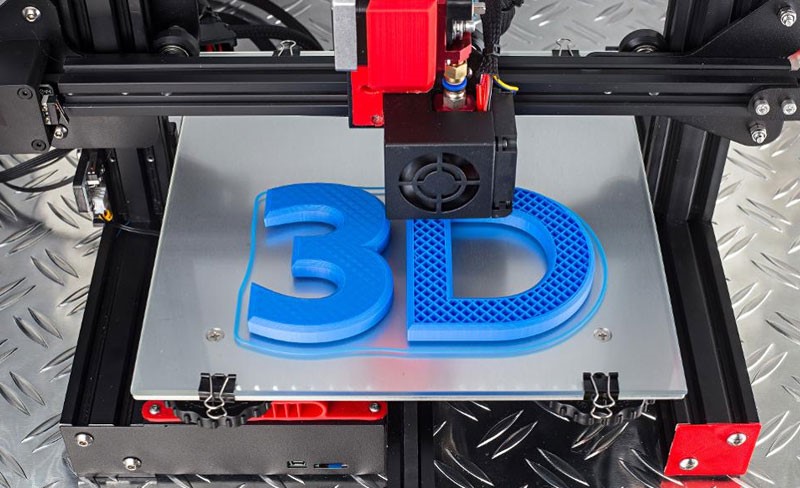The manufacturing industry in China has gone through a significant transformation throughout the years. If we talk about the most groundbreaking advancements then the emergence of 3D printing would be on top of the list.
3D printing is also known as additive manufacturing. It has revolutionized traditional manufacturing processes and opened up new possibilities for design, production, and customization. Further in this blog, we will explore how 3D printing has been reshaping the manufacturing industry.

Streamlined prototyping & product development
The ability to quickly prototype and iterate ideas is one of the main benefits of 3D printing in manufacturing. Traditional manufacturing techniques can involve time-consuming, expensive prototype procedures, whereas 3D printing allows designers to swiftly turn their computer concepts into tangible items.
As a result, product development cycles may be sped up, feedback loops can be closed more quickly, and designs can be improved based on field testing.
Customization
Manufacturing may now be bespoke to new heights thanks to 3D printing. Mass production is a common practice in traditional manufacturing techniques, which restricts the capacity to customize items for specific needs. Manufacturers can readily produce distinctive items with personalized features or patterns thanks to 3D printing, though. This degree of personalization creates new possibilities across a range of sectors, including healthcare (custom prostheses), fashion (tailored jewelry), and automotive (customized automobile parts).
Reduced cost
Manufacturing waste might be decreased with 3D printing. Tooling, material waste, and complicated supply networks are frequent features of traditional production. As opposed to subtractive manufacturing techniques, which need vast stocks and result in material waste, 3D printing enables on-demand production. Additionally, the capacity of additive manufacturing to create complicated geometries can result in weight reduction, which can have a favorable effect on transportation expenses as well as energy usage.
Better designed possibilities
With 3D printing, designers don’t need to be confined to conventional production procedures. Due to the addictive nature of 3D printing, elaborate and sophisticated shapes that would be difficult or impossible to produce using traditional techniques may now be produced. This creates a vast array of design opportunities, enabling novel product concepts, lightweight constructions, and enhanced performance.
Supply chain optimization
By enabling decentralized and localized production, 3D printing has the potential to upend established supply networks. With 3D printing, designs can be transmitted digitally and manufactured locally on demand as opposed to being made centrally and shipped around the world. By doing this, long-distance shipping's lead times, expenses for transportation, and carbon emissions are all decreased. Additionally, it provides a supply chain that is more flexible and agile, enabling businesses to more effectively respond to market needs.
All in all
3D printing in China is reshaping the manufacturing industry in numerous ways. From streamlined prototyping and customization to cost savings, the benefits of 3D printing are undeniable. As technology continues to advance and mature, we can expect further disruptions and innovations in the manufacturing landscape. Embracing 3D printing opens up a world of possibilities, enabling manufacturers to create products that are more personalized, efficient, and sustainable.
















